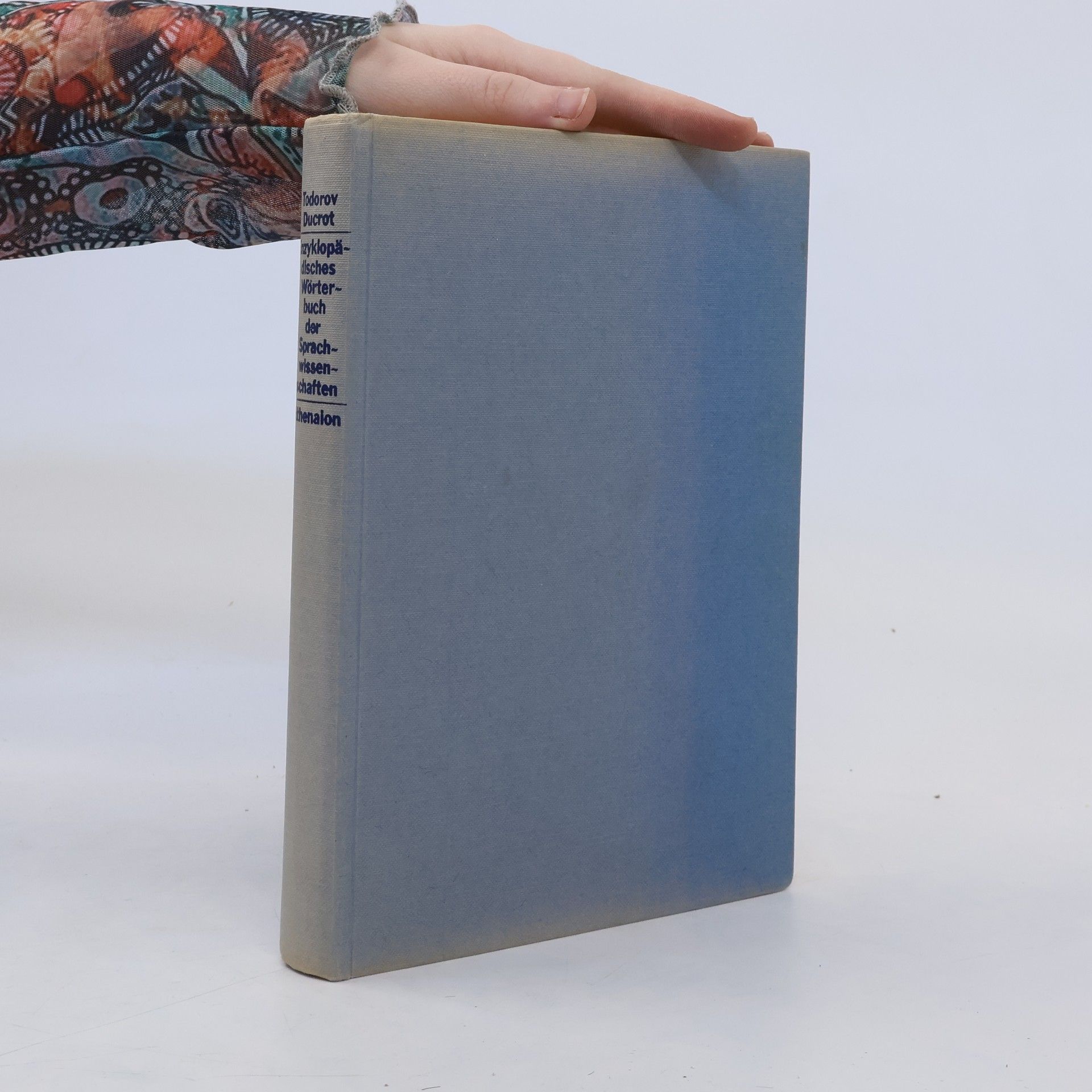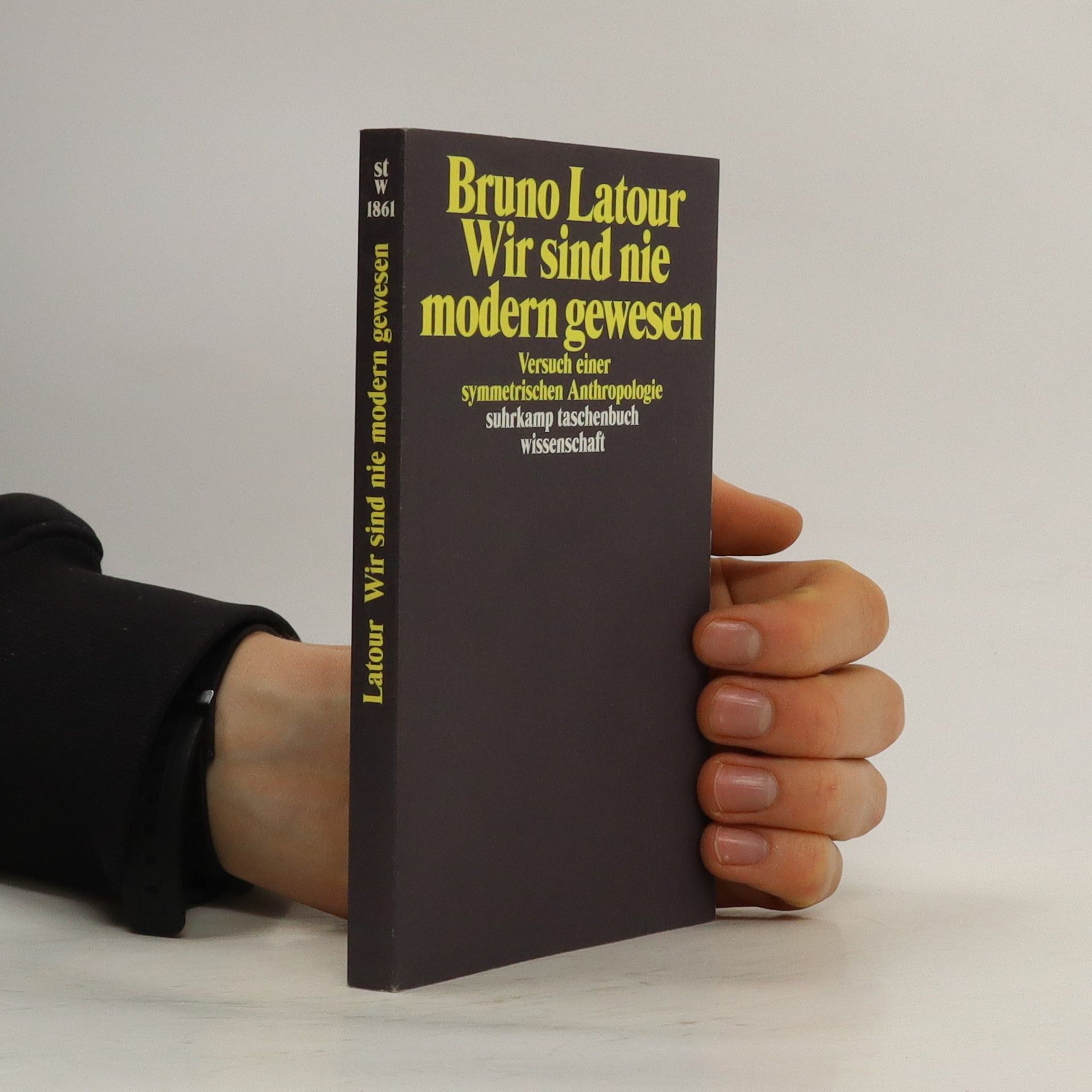Wir sind nie modern gewesen
Versuch einer symmetrischen Anthropologie
Am Beginn der modernen Naturwissenschaft steht die strikte Trennung von Natur und Gesellschaft, von „natürlichen“ und „gesellschaftlichen“ Instanzen. Bruno Latour optiert in seinem Klassiker der modernen Soziologie dafür, sich diese Trennung etwas genauer anzusehen. Seine These lautet: Je strikter und gründlicher diese Trennung in der Moderne vollzogen wurde, um so besser konnten sich zwischen den getrennten Bereichen „Quasiobjekte“ ausbreiten, die sowohl natürlich als auch gesellschaftlich determiniert sind. Diese hybriden „Quasiobjekte“, welche die Moderne ausgeblendet hat, gilt es anzuerkennen. Nur dann nämlich kann das zweifelhaft gewordene Credo der Moderne, daß ökonomische Rationalität, wissenschaftliche Wahrheit und Technik bereits Garanten eines sinnvollen Fortschritts sind, verabschiedet werden, ohne gleich in den Katzenjammer der Postmoderne zu verfallen.


